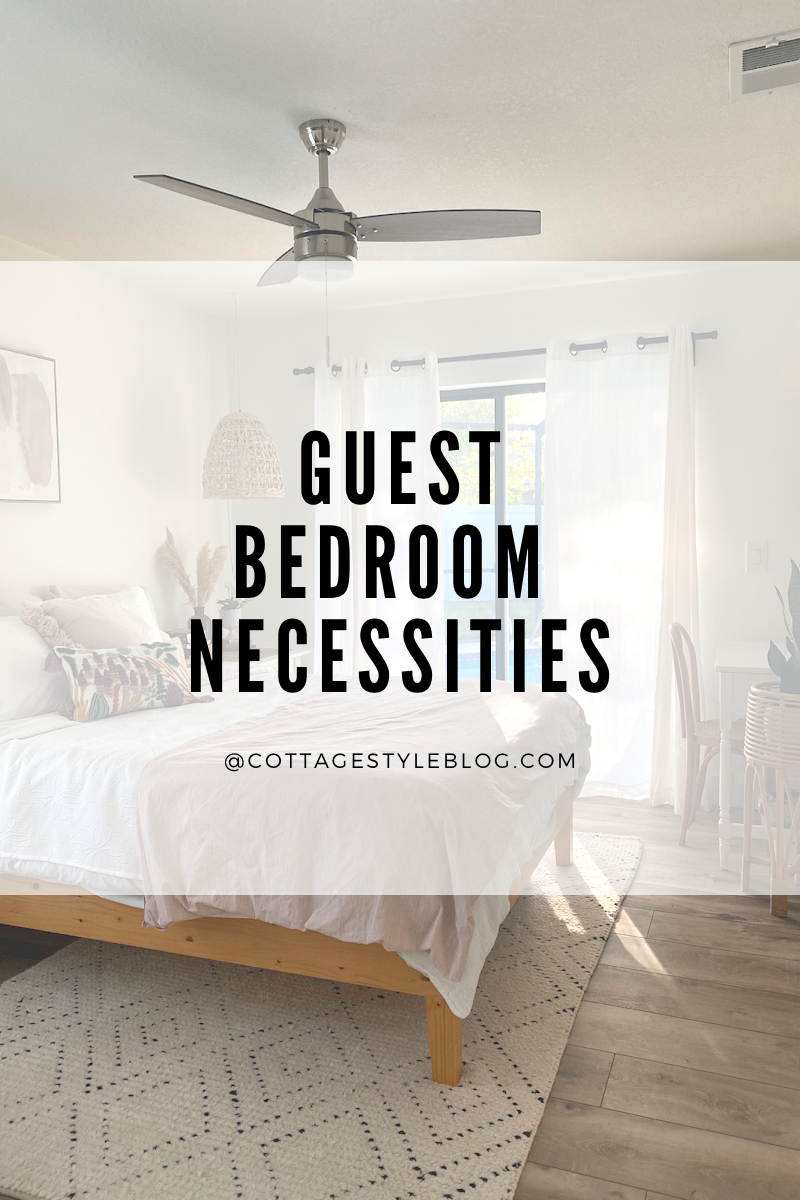How to Stencil on a Linoleum Floor
/Hello friends -
In this post, I'm showing you how I stenciled the floors in our Fixer-Upper-turned Airbnb - Midtown Bungalow. I love the look of patterned tile - but it can be a bit pricey. Therefore, I decided to try my hand at stenciling the floors and so far, I'm really impressed with how they are holding up. Here is a brief tutorial....just in case you have some ugly linoleum floors that you want to revitalize!
First off, I thought you might enjoy seeing the before pictures of the floors that were in need of some updating. Fasten your seatbelts...these are some ugly floors!
Before:
You will notice that these floors are dingy and dated and just plain disgusting!! They were in need of a real makeover to make this bathroom come back to life!
Here are the supplies you will need:
1. TSP Solution (A deglosser used for cleaning the floors. You can buy this at Lowe's or Home Depot.), a sponge and bucket.
2. Angled paint brush, sponge roller and pan.
3. Primer. I used Zinsser Prime Coat - Primer and Sealer (123 Primer will also work which is shown in pic.)
4. Base Paint. I used Sherwin Williams Porch and Floor Enamel in White.
5. Stencil Paint. I used Sherwin Williams Porch and Floor Enamel in Gauntlet Gray.
6. Painter's Tape
7. Goof Off solution and rags (I used this to clean my stencil in between coats)
8. And...the most important thing...your stencil! I used a Royal Design Stencil called Lisboa Tile.
Here is the step-by-step process that I used:
1. Clean your floors - really well!
I used a solution of 1/2 gallon of warm water and a 1/2 cup of TSP solution. This product is a de-glosser and will remove shiny residue on your floors so that your paint will adhere to the linoleum without having to sand your floor. After cleaning your floors, let them dry for at least 30 min. Make sure they are dry before you do the next step.
2. Prime your floors.
This is a very important step that you don't want to skip! Zinsser Prime Coat - Primer and Sealer is what I recommend using. It goes on smoothly and really adheres to the linoleum which is important so that you can walk on your floors without them peeling. :-)
Use an angled brush to go around the edges and then use a foam roller to paint the rest starting from the top and working toward the door.
Your floor will look like a blank, white canvas after you're finished priming. It's looking better already! Wouldn't you agree? Allow it to dry for at least an hour before you move onto the next step.
3. Paint the base coat.
I used Sherwin Williams Porch and Floor Enamel in white and it has held up really well. I wanted my stencil to be dark and so I chose to do a white base coat. You may want to do a darker base color and a lighter stencil. It's all up to you!
Use the same process of painting as you did with the primer...edges first and then the inside working toward the door. I used 2 coats for the base coat.
4. Apply tape to the edges of your wall base.
This allows the stencil to really grip the edges which makes for a crisper look.
5. Begin to Stencil!
Make sure you have your paint, paintbrush, tape and a paper towel handy. I placed my stencil toward the top / middle of my floor (under the air conditioner vent) because I desired full tiles in the middle of my floor. You can determine how you want your stencil to look and don't worry...if you mess it up...just wipe it off with a wet cloth before it dries.
This bathroom is small enough that I could eye my stencil to make sure that I placed it straight (using the linoleum floor lines that were already there). Once you have it in place, tape down the corners.
Using your angled brush...dab it in your paint and then dab it on your paper towel to remove the excess paint. You don't want to overload your brush. With stenciling, a little paint goes a long way.
Continue to fill in the lines of your stencil. I like to hold my stencil down with one hand and paint with the other. When you have it completely covered, lift your stencil gently starting at one end. Try not to shift the stencil as you're lifting it. This is key as you want your stencil lines to remain crisp.
The stencil will have a recurring pattern so it is easy to match it with the one you previously painted.
I was so excited to see this transformation happening that I forgot to snap a first pic of the stencil but here you can see the way the pattern of the stencil with 3 put together.
6. Clean your stencil.
I like to periodically clean my stencil using Goof Off. I went into a different room and sprayed Goof Off onto the stencil and wiped both sides with rags. This can be a bit time consuming but clean lines are a must for a nice looking stenciled floor so I recommend this so that your lines stay crisp and even.
7. Paint Corners and Edges.
This may seem a bit tricky and it can be...but have no fear! This is not as difficult as it looks! Continue to paint with your stencil using the method of match, paint, lift. Match, paint, lift. When you get to the wall edge, you will do the same thing....match your stencil with the previous lines and lay it down carefully. With one hand, press the stencil into the edge of the wall and with the other, dab your brush in paint, dab it on a paper towel and then begin to fill in your stencil.
You will notice I'm matching my stencil with the previous stencil and taping it down, too.
8. Final Step: Use a Poly to seal your Floors!
This is very important and protects your floors from scuff marks and peeling.. I used 4 coats of a water based/matte poly. First, put on socks and wipe your floor with a dry cloth. Begin to apply the poly using an angled brush for the edges and a foam roller for the middle.
I waited 3-4 hours in between coats to make sure the floors were dry before I applied the next coat. I applied 3 coats to these floors and like I said earlier...they are holding up great! I haven't noticed any peeling paint or chipping. :-)
9. Enjoy the look of your new floors!
Here are some before and after pics....
Before:
After:
Before:
After:
Before:
After:
Here are a few other pics of the other bathroom in the bungalow that I stenciled as well. I used a Martha Stewart stencil from JoAnn Fabric and Craft Store for this floor. I chose to do Gauntlet Gray as a base coat with the stencil painted in white. You can see the difference that a base coat color makes.
Before:
After:
I hope this inspires you! Please feel free to DM me on Instagram or in the comment section here if you have any questions.
Happy Stenciling -
Lisa















